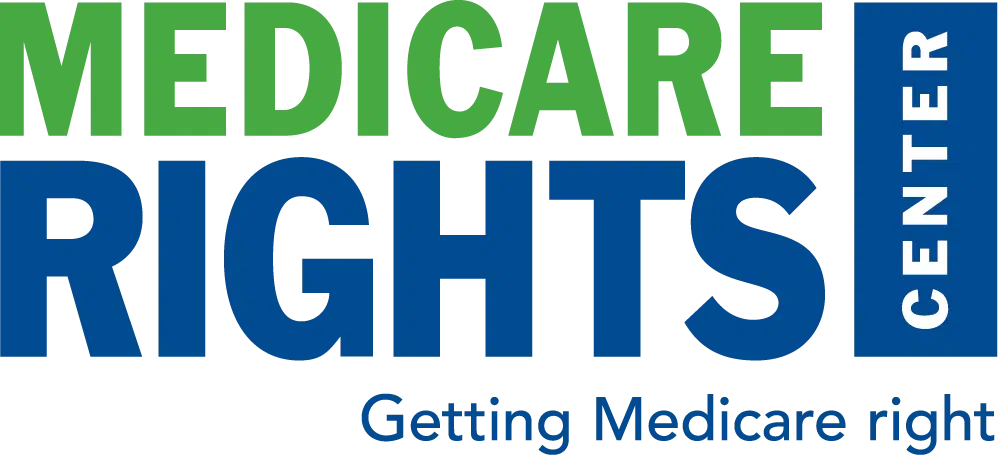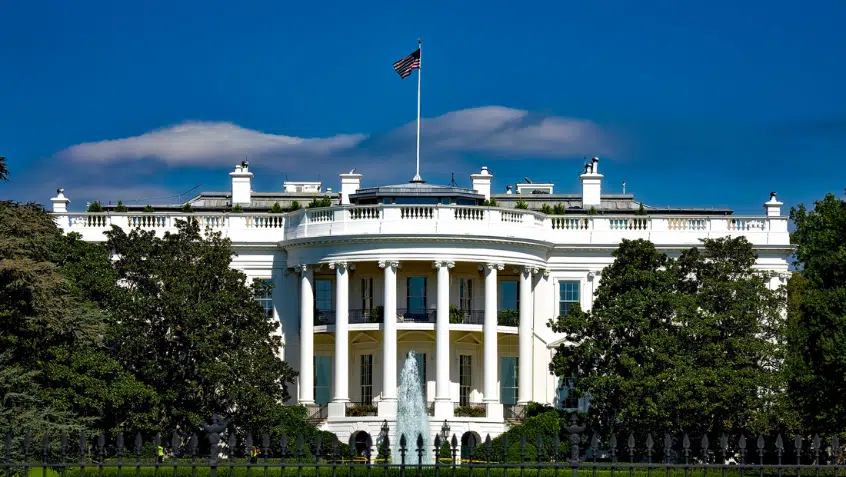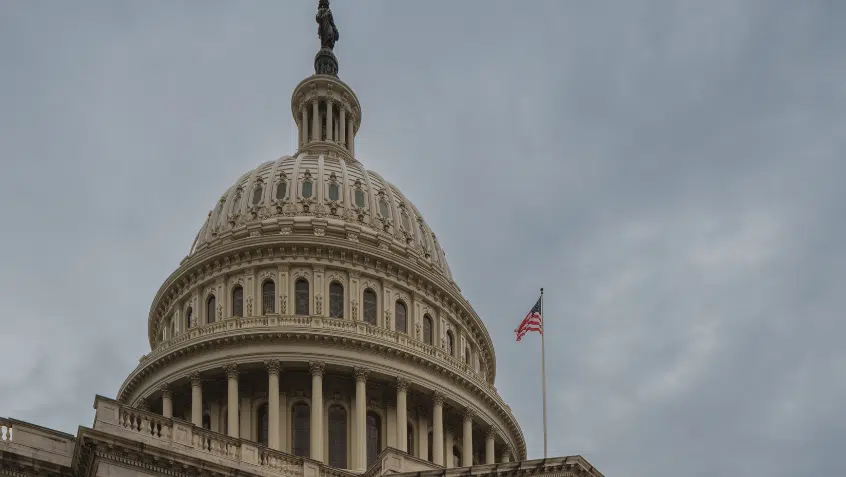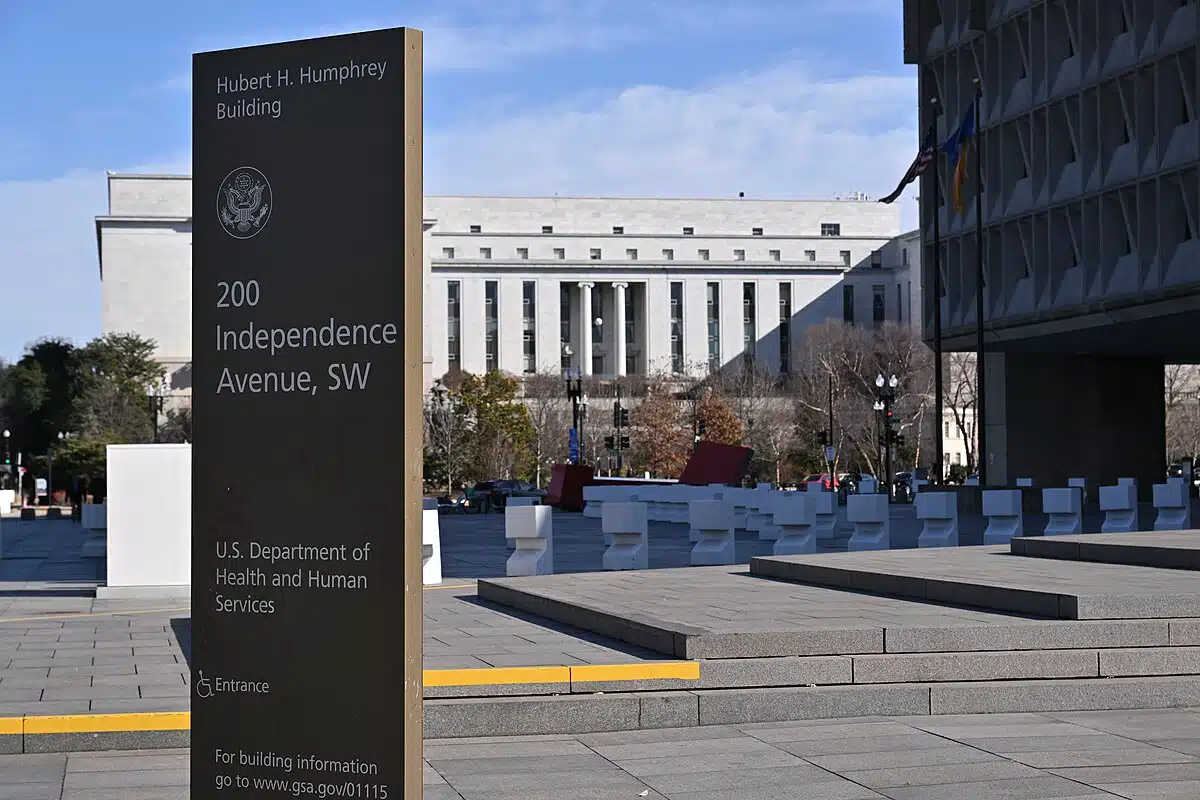House Adopts Senate Budget Plan, Laying the Groundwork for Significant Health Care Cuts
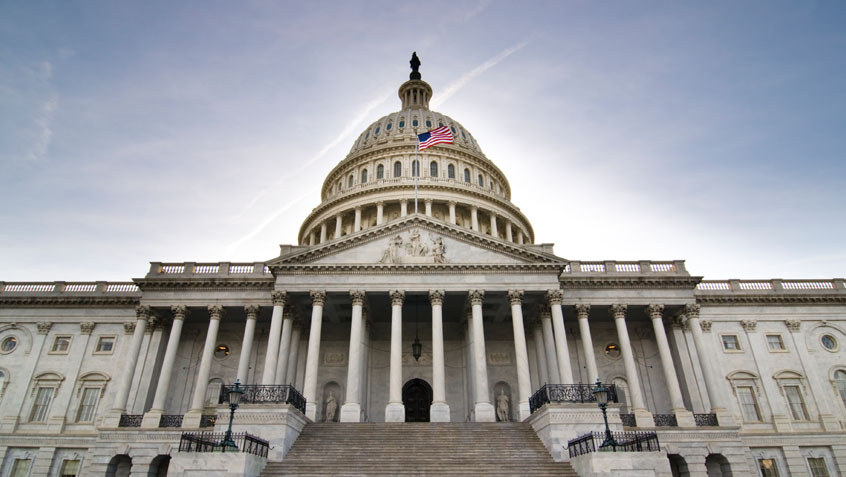
Last week, the Senate passed a budget blueprint laying the groundwork for cuts to health care and other critical programs. Earlier today, the House voted to move forward with those deep cuts.
The budget measure passed 216-214, with Republicans Thomas Massie (KY) and Victoria Spartz (IN) joining Democrats in voting against it.
With an identical budget resolution in place, lawmakers will now begin the work of crafting the bill itself.
With an identical budget resolution in place, lawmakers will now begin the work of crafting the bill itself.
The House vote was slightly delayed, as several Republicans opposed the $4 billion savings target it sets for Senate committees, which is significantly lower than the House’s preferred level of $1.5 trillion. These numbers typically match in reconciliation budget resolutions. The variance was an attempt to keep the process moving amid House-Senate divides over the forthcoming bill’s size and scope.
Although the Senate threshold was set to maximize flexibility and with the expectation it would be surpassed, the House holdouts wanted a guarantee that a final bill would approximate their vision. They ultimately got on board with the Senate-passed budget after Speaker Mike Johnson and Senate Majority Leader John Thune pledged to seek at least $1.5 trillion in savings in the reconciliation package—a level that cannot be reached without significant cuts to critical programs like Medicaid.
What’s in the Budget Resolution?
At the heart of the blueprint is an extension of the 2017 Trump tax cuts and plans to enact up to $1.5 trillion in new tax breaks. Republicans are obscuring the fiscal impact of these policies by using an untested budget gimmick to claim the extensions will have no cost. Experts widely disagree and estimate they will add at least $4 trillion to the deficit.
The budget resolution allows additional spending on the military and border security, while demanding billions—if not trillions—in cuts from the committees that handle health care and other essential issues, such as nutrition, housing, education, energy, and labor policy.
It would also raise the debt limit by about $5 trillion, enough to last beyond the 2026 midterm elections.
What Happens Next?
With an identical budget resolution in place, the House and Senate can officially begin writing the bill. Decisions about what to include loom large, but negotiations are already underway. Conventional wisdom suggests crafting such a massive bill could take several months, but Republicans are eyeing a Memorial Day deadline for final passage.
Critical Programs at Risk
As lawmakers contemplate what cuts to enact, Medicaid remains under threat. They are reportedly considering damaging policies like eligibility restrictions, funding rollbacks, and access barriers. Other vital programs, like the Supplemental Nutrition Assistance Program (SNAP), are also at risk, and Medicare could also be in play.
Further, any cut to Medicaid is a cut to Medicare. Over 12 million people with Medicare also have health coverage through Medicaid, which pays for necessary services that Medicare does not. It is the primary payor for long-term services and supports for people who need home- and community-based services and nursing home care, and it also plays a vital role in helping support family caregivers. The demand for these services is only expected to grow. According to recent analysis, by 2060, 23% of the population will be 65 or older (up from 15% in 2016), and 19 million Americans will be 85 or older (a 198% increase from 2016).
Medicaid also makes Medicare more affordable and care possible for millions of low-income enrollees, easing their costs through the Medicare Savings Programs.
Medicaid also makes Medicare more affordable and care possible for millions of low-income enrollees, easing their costs through the Medicare Savings Programs. By keeping people healthier and out of the hospital, Medicaid boosts enrollee outcomes—saving both Medicare and taxpayer dollars while strengthening the program.
Advocacy Alert
The concurrent budget resolution sets the stage for devastating cuts to programs that help Americans build health and financial security. Among those who would be hit hardest are low- and moderate-income Americans, many of whom are already struggling to make ends meet.
Among those who would be hit hardest are low- and moderate-income Americans, many of whom are already struggling to make ends meet.
Independent analysis indicates the promised changes would raise the cost of health care and groceries for people who can least afford it, all to pay for tax cuts that disproportionately benefit the highest-income earners. Families in the bottom 20% of income brackets (below roughly $14,000/year) would lose an average $1,125 annually, or 5 percent of their income, while families in the top 1 percent of incomes (above about $650,000) would gain nearly $43,500 annually, or 2.9 percent. And because the cuts would also shift costs to states, further service restrictions and economic fallout are likely.
Take Action Now!
Members of Congress will be home for a two-week recess, from Saturday April 12 through Sunday, April 27. Now is the time to remind them that their votes have consequences, and that a reconciliation bill would harm their constituents, district, and state. Learn more and act today.The Latest
Most Read
 Congress Moves to Cut Medicaid
Congress Moves to Cut Medicaid  Threats to the Social Security Administration and to Benefits Continue to Raise Alarm
Threats to the Social Security Administration and to Benefits Continue to Raise Alarm House Adopts Senate Budget Plan, Laying the Groundwork for Significant Health Care Cuts
Trump Administration and DOGE Eliminate Staff Who Help Older Adults and People With Disabilities
Add Medicare to Your Inbox
Sign up to receive Medicare news, policy developments, and other useful updates from the Medicare Rights.
View this profile on InstagramMedicare Rights Center (@medicarerights) • Instagram photos and videos
